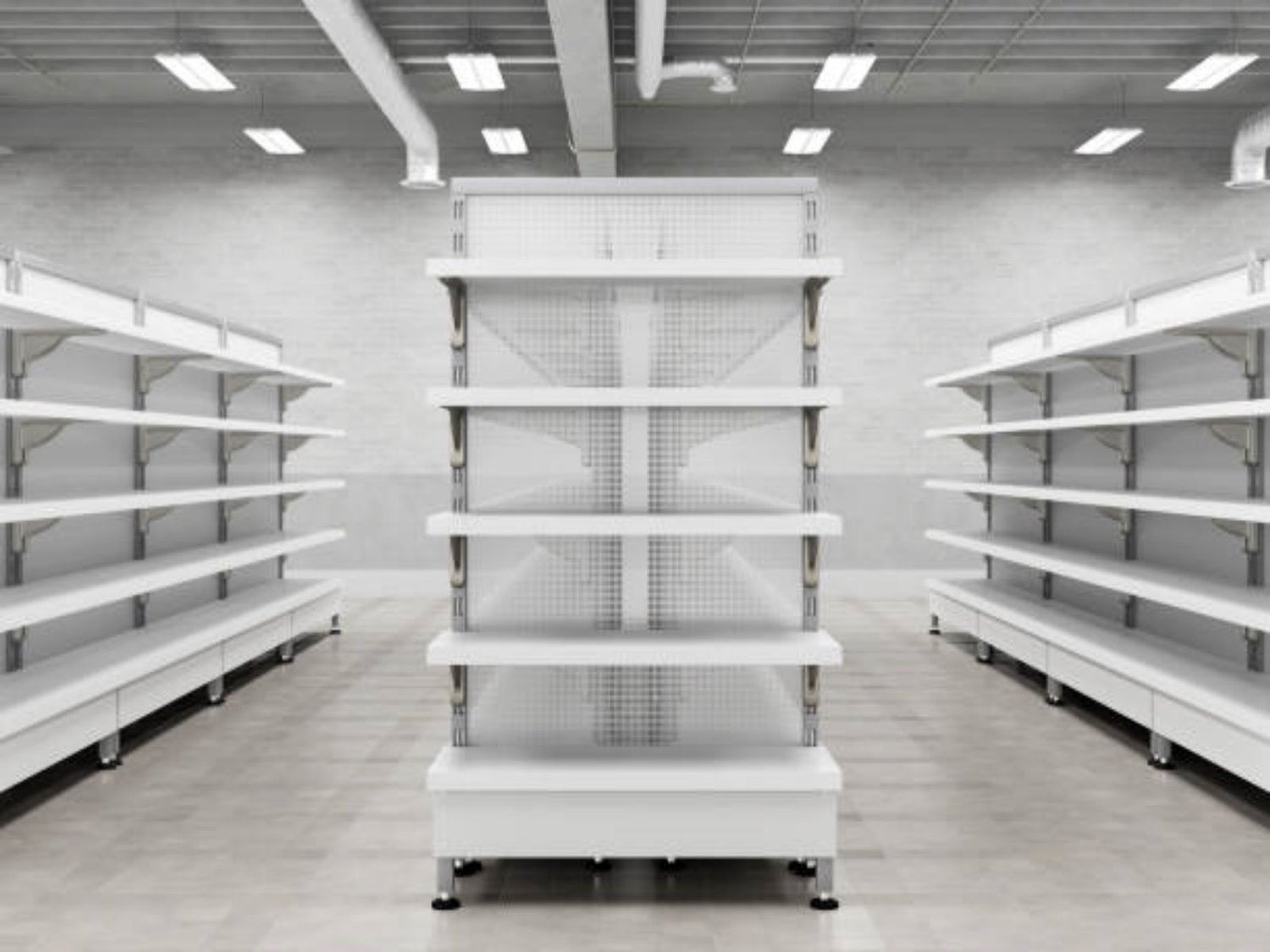Table of Contents

How to Enhance Supermarket Shelf Organization with Category Segmentation?
Introduction:
Efficient shelf organization is essential for supermarkets to provide a seamless shopping experience for customers. Category segmentation is a strategy that can greatly enhance the organization of supermarket shelves. By grouping similar products together, supermarkets can improve customer navigation, increase sales, and optimize shelf space utilization. In this article, we will explore various aspects of how to enhance supermarket shelf organization with category segmentation.
1. Understanding Category Segmentation
Category segmentation is the process of dividing supermarket products into distinct categories based on their similarities. This segmentation can be done based on various factors, including product type, brand, size, price, or any other relevant criteria. By organizing products into clearly defined categories, supermarkets can make it easier for customers to locate specific items and compare similar products.
2. Benefits of Category Segmentation
Category segmentation offers several benefits for supermarket shelf organization:
- Improved Customer Experience: By categorizing products, customers can quickly find what they need, leading to a more efficient and satisfying shopping experience.
- Increased Sales: Organized shelves enable customers to easily navigate and discover additional products they may be interested in, leading to increased impulse purchases.
- Optimized Shelf Space: By grouping products into categories, supermarkets can better utilize their shelf space, making it visually appealing and maximizing product visibility.
- Enhanced Inventory Management: Category segmentation simplifies inventory management by providing a clear overview of product quantities and facilitating restocking.
3. Choosing the Right Categories
When implementing category segmentation, it is important to choose categories that make sense to customers and align with their shopping habits. Some common categories include:
- Food Categories: Segregating products into categories such as fruits, vegetables, dairy, meat, and snacks can simplify the shopping experience for customers.
- Beverage Categories: Organizing beverages into categories like soft drinks, juices, water, and alcoholic drinks can help customers quickly locate their desired drinks.
- Personal Care Categories: Grouping personal care items into categories like skincare, haircare, oral care, and body care can assist customers in finding the products they need.
- Household Categories: Dividing household products into categories such as cleaning supplies, kitchenware, laundry, and home decor can streamline the shopping process.
4. Implementing Clear Signage
Clear and informative signage is essential for effective shelf organization with category segmentation. Supermarkets should invest in high-quality signage that clearly displays category names and descriptions. The signage should be placed at eye level and be easily visible from a distance. This way, customers can quickly identify the categories without any confusion, leading to a smoother shopping experience.
5. Utilizing Color Coding
Color coding is a powerful visual tool that can enhance supermarket shelf organization. By assigning specific colors to different categories, supermarkets can create a visually appealing and easily recognizable system. For example, using green for fruits and vegetables, blue for dairy products, and red for meat can help customers quickly locate the desired products. Additionally, color coding can assist supermarket staff in restocking products in the correct sections.
6. Conducting Customer Surveys
To ensure the effectiveness of category segmentation, supermarkets can conduct customer surveys to gather feedback and insights. Surveys can help identify any areas for improvement, such as unclear categories or misplaced products. By incorporating customer feedback, supermarkets can continuously refine their shelf organization strategy to better meet customer needs and preferences.
7. Regular Shelf Maintenance
Maintaining the organization of supermarket shelves is an ongoing process. Regular shelf maintenance involves restocking products, removing expired items, and ensuring the correct placement of products within their respective categories. By conducting routine checks and addressing any issues promptly, supermarkets can uphold the integrity of their category segmentation strategy.
8. Leveraging Technology
Technology can play a significant role in enhancing supermarket shelf organization. Supermarkets can utilize electronic shelf labels that display real-time pricing and product information. This not only improves accuracy but also enables dynamic category segmentation, allowing supermarkets to adapt their organization based on customer demand and trends.
9. Training Staff
Properly trained staff are crucial for maintaining an organized supermarket shelf. Supermarkets should invest in training programs that educate staff on the importance of category segmentation and the specific categorization system implemented. Staff should be knowledgeable about the products and categories, enabling them to assist customers and ensure the integrity of the organization strategy.
10. Continuously Evaluating and Evolving
Supermarkets should continuously evaluate the effectiveness of their category segmentation strategy and be open to making necessary adjustments. Consumer preferences and shopping habits evolve over time, and supermarkets need to adapt accordingly. By staying proactive and responsive to changing trends, supermarkets can consistently enhance their shelf organization and provide an exceptional shopping experience for customers.
supermarket shelf organization, category segmentation, efficient shelf organization, improve customer navigation, increase sales, optimize shelf space utilization, benefits of category segmentation, choosing the right categories, clear signage, color coding, customer surveys, regular shelf maintenance, leveraging technology, training staff, continuously evaluating and evolving How to Enhance Supermarket Shelf Organization with Category Segmentation? Discover the benefits of category segmentation in enhancing supermarket shelf organization. Learn how to choose the right categories, implement clear signage, utilize color coding, and more.
